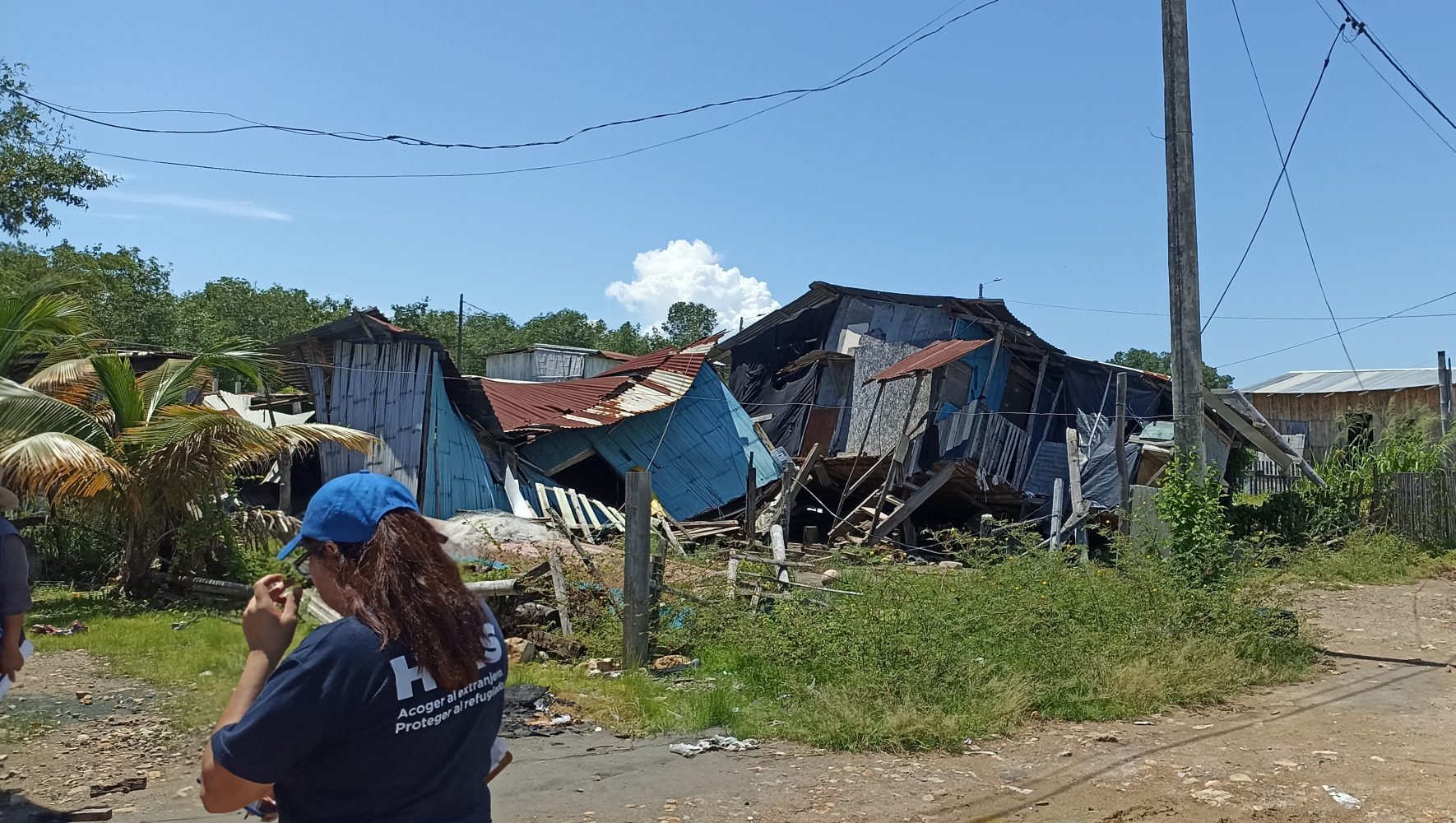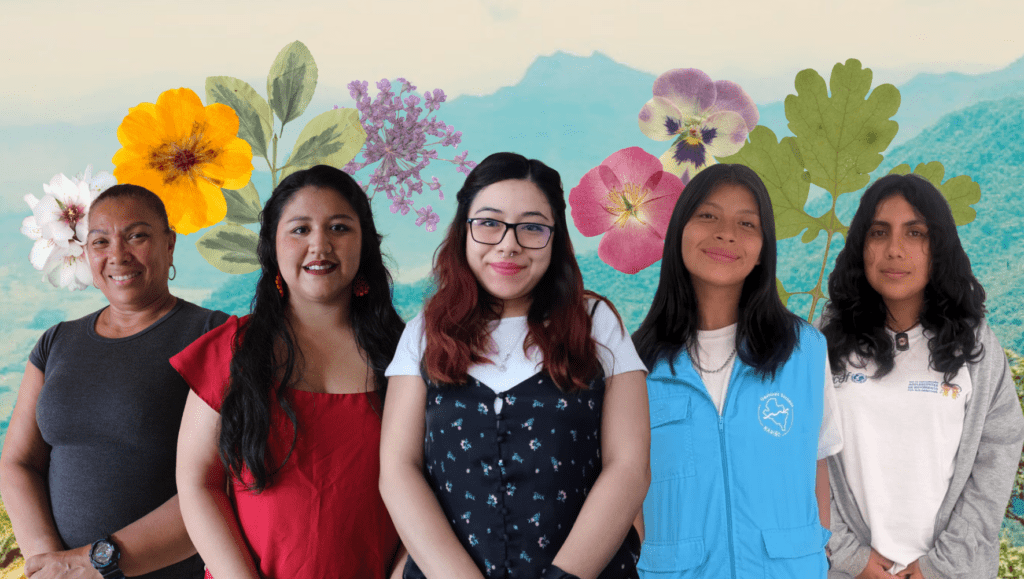
For decades, Ecuador has been a major destination for people forced to flee their homes in other parts of Latin America. But in recent years, the complex challenges inherent to resettlement have only become more acute, due to the emergence of a new phenomenon: the rise of violence and internal displacement.
Wherever their origins, displaced people in Ecuador face numerous challenges, including limited access to food, housing and shelter; decent livelihoods, individual rights, and access to documentation and justice. These are compounded by a challenging socio-economic context, more restrictive migration policies, and instability in humanitarian assistance funding.
HIAS opened its first office in Ecuador 22 years ago. What exactly is the current landscape for refugees in Ecuador? Read on to find out.
How many refugees and displaced people are in Ecuador?
Historically recognized as a host country for those who have fled violence in Colombia, today Ecuador has more than 78,000 officially recognized refugees and more than 7,000 asylum seekers. But the total number of displaced is believed to be much higher. The country received about 1,000 Venezuelan refugees and migrants every day in 2023 and 2024, totaling 444,000 by December 2024, and currently hosts more than half a million displaced persons overall.
Between 2022 and 2024, the government took important steps to develop a registration process to recognize thousands of refugees and migrants of multiple nationalities. As of last December, nearly 140,000 applications for official status were registered and 95,000 visas were issued, according to government data. However, recent changes in internal migration policies have led to the suspension of the registration process. Thousands of people now face uncertainty and lack of protection, especially in relation to basic needs such as food, housing, and access to employment.
Your support matters
How has the rise of violence, insecurity and internal displacement affected refugees in Ecuador?
Long noted for its safety, Ecuador now has one of the highest rates of violent deaths in Latin America. The cost of violence in Ecuador amounts to $12 billion annually — equivalent to 6% of GDP.
In response, Ecuador’s government declared several states of emergency in 2024 to authorize military action, and the existence of an “internal armed conflict” was officially recognized. As a result, Ecuador has shifted from being a transit or host country for foreign refugees to dealing the phenomenon of displacement of its own population.
According to data from 3iS, around 93,000 people were displaced by violence in 2024. In this context, children and adolescents are especially vulnerable to recruitment by organized crime groups, which have taken over spaces such as schools or parks. This has deteriorated community environments throughout the country and diminished child protection. From 2019 to 2023, child deaths increased more than sixfold.
What has been the impact of natural disasters?
In addition to challenges posed by violence, Ecuador has also faced an environmental crisis in the wake of recent extreme flooding and an oil spill, one of the most serious in the last 30 years.
During 2024, disasters or natural hazards affected nearly 200,000 people and displaced an estimated 9,000. Then, an oil spill in the west of the country earlier this year touched 500,000 more lives, limiting people’s access to safe drinking water and worsening food security and public health. Demand for shelter, medical aid, mental health assistance, and livelihoods has increased, compounding the needs of those already affected by increased violence.
The recent defunding of humanitarian organizations has made all of these challenges more acute. According to the Working Group for Refugees and Migrants-GTRM, more than half of the humanitarian organizations surveyed have had to suspend or change activities in the face of the cuts, greatly harming the protection and integration sectors.
How does HIAS work with displaced people in Ecuador?
HIAS Ecuador builds protective environments that promote the well-being, individual rights, and economic empowerment of all displaced people and their host communities. In 2024, HIAS assisted 73,113 people in Ecuador.


